Spring in Japan means one thing—hanami, or cherry blossom viewing. And when it comes to hanami, there’s one treat you just can’t skip: sanshoku dango, or “three-color dango.” These cute, colorful rice dumplings on a skewer—pink, white, and green—are a visual and tasty celebration of spring.

I always want to eat Sanshoku dango for Ohanami!
In this article, let’s dive into the history, meaning, and charm of this seasonal Japanese sweet!
What Is Sanshoku Dango?

As the name suggests, sanshoku dango is a traditional Japanese sweet made with three colorful dumplings—pink, white, and green—skewered together. Soft and chewy with a subtle sweetness, it’s loved by kids and adults alike. The skewer makes it super easy to eat on the go, which is perfect for outdoor events like hanami or festivals.
You’ll often find sanshoku dango at supermarkets or convenience stores in spring. In many cases, all the colors taste the same despite looking different.

You might be disappointed.
But at specialty wagashi (Japanese confectionery) shops, each color is uniquely flavored. The pink might include plum, red shiso, or pickled cherry blossoms; the green often has mugwort (yomogi) or matcha for a refreshing kick.
A Bit of History: The Origins of Sanshoku Dango

So, when did sanshoku dango first appear? The origin dates all the way back to the Azuchi-Momoyama period (late 16th century). In 1598, warlord Toyotomi Hideyoshi hosted a grand cherry blossom viewing party known as the “Daigo no Hanami” at Daigo-ji Temple in Kyoto. He had sweets delivered from all over Japan to treat his guests.
A huge fan of dango himself, Hideyoshi requested something more charming and sweet than the standard soy-sauce-covered white dumplings of the time—something even women could enjoy. That request is believed to have led to the creation of the colorful, sweet sanshoku dango we know today. Eye-catching and elegant, it was the perfect addition to a lavish hanami.
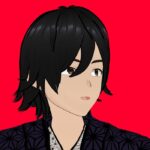
So Sanshoku dango was born more than 400 years ago!

I didn’t know about this.
びっくり!
The Meaning Behind the Colors
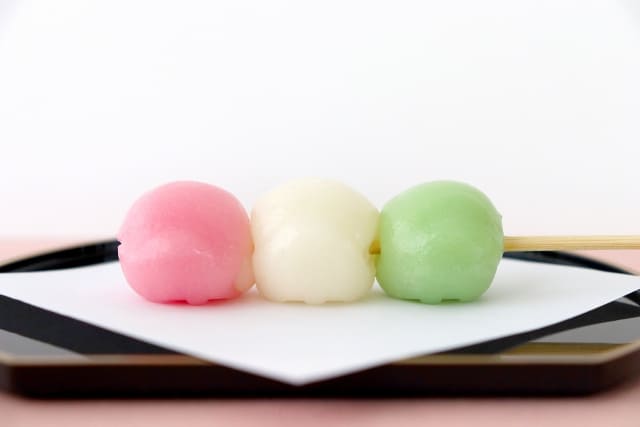
Believe it or not, the colors of sanshoku dango hold symbolic meaning:
| Pink (top) | Represents cherry blossom buds |
| White (middle) | Full-bloom sakura flowers |
| Green (bottom) | The fresh green leaves that come after the petals fall |
So the order on the skewer reflects the stages of cherry blossoms blooming.

How poetic is that?
There’s also another interpretation: the colors represent the seasons.
- Pink → Spring (cherry blossoms)
- White → Winter (snow)
- Green → Summer (fresh greenery)
“But wait, where’s autumn?”—good question! That leads us to an amusing bit of Japanese wordplay.
Why There’s No Autumn? A Clever Pun with a Meaning
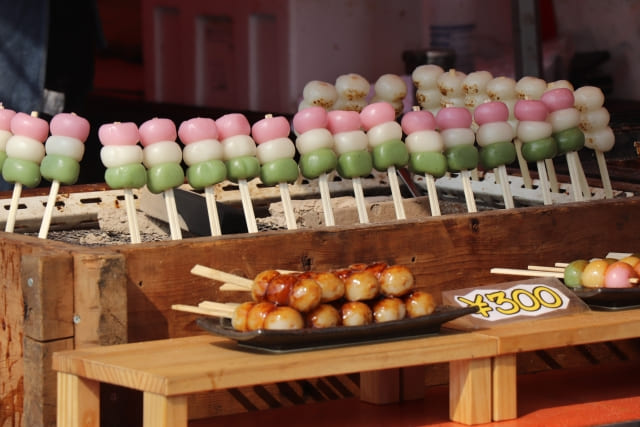
You may have noticed there’s no color representing autumn. That’s no accident—it’s a bit of wagashi maker humor. In Japanese, “no autumn” sounds like “no aki,” which is a pun on:
- 飽きない (akinai) — “Never get tired of it”
- 商い (akinai) — “Business/trade”
The idea? People will never get tired of eating the dango, and it brings good fortune for a thriving business. It’s a playful wish for success baked into a sweet.
Final Thoughts: Celebrate Spring with Sanshoku Dango
Sanshoku dango is more than just a pretty snack—it’s a cultural symbol of spring in Japan. From its origin at a feudal lord’s hanami party to its color meanings and sweet flavors, it carries tradition, taste, and a touch of humor.
Whether you grab some from your local convenience store or treat yourself to a handmade version from a wagashi shop, don’t forget to enjoy this iconic sweet while you enjoy the blossoms. A skewer of sanshoku dango in one hand, and cherry blossoms in the other—what better way to welcome spring?

If you are interested in Japanese culture, you may love these games!
Let’s play!
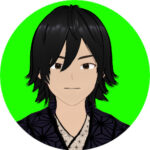
Yes! Let’s play!

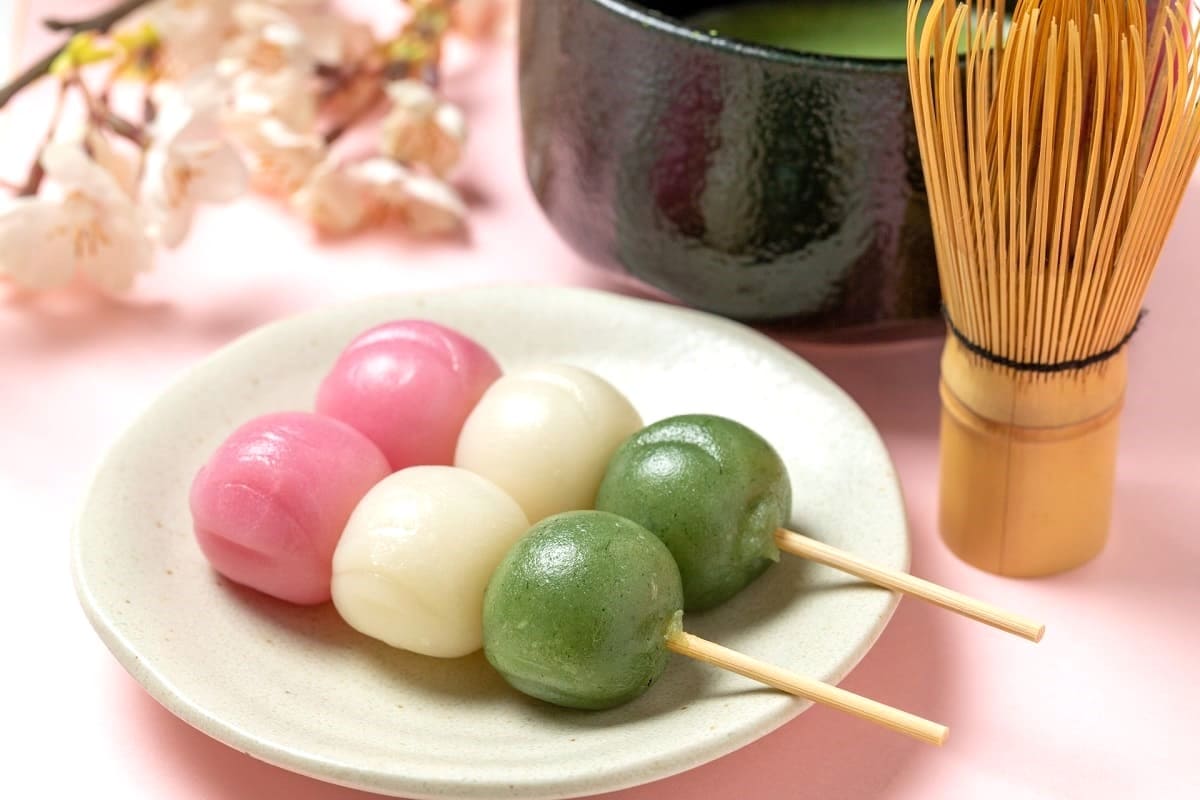

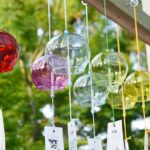
Comments